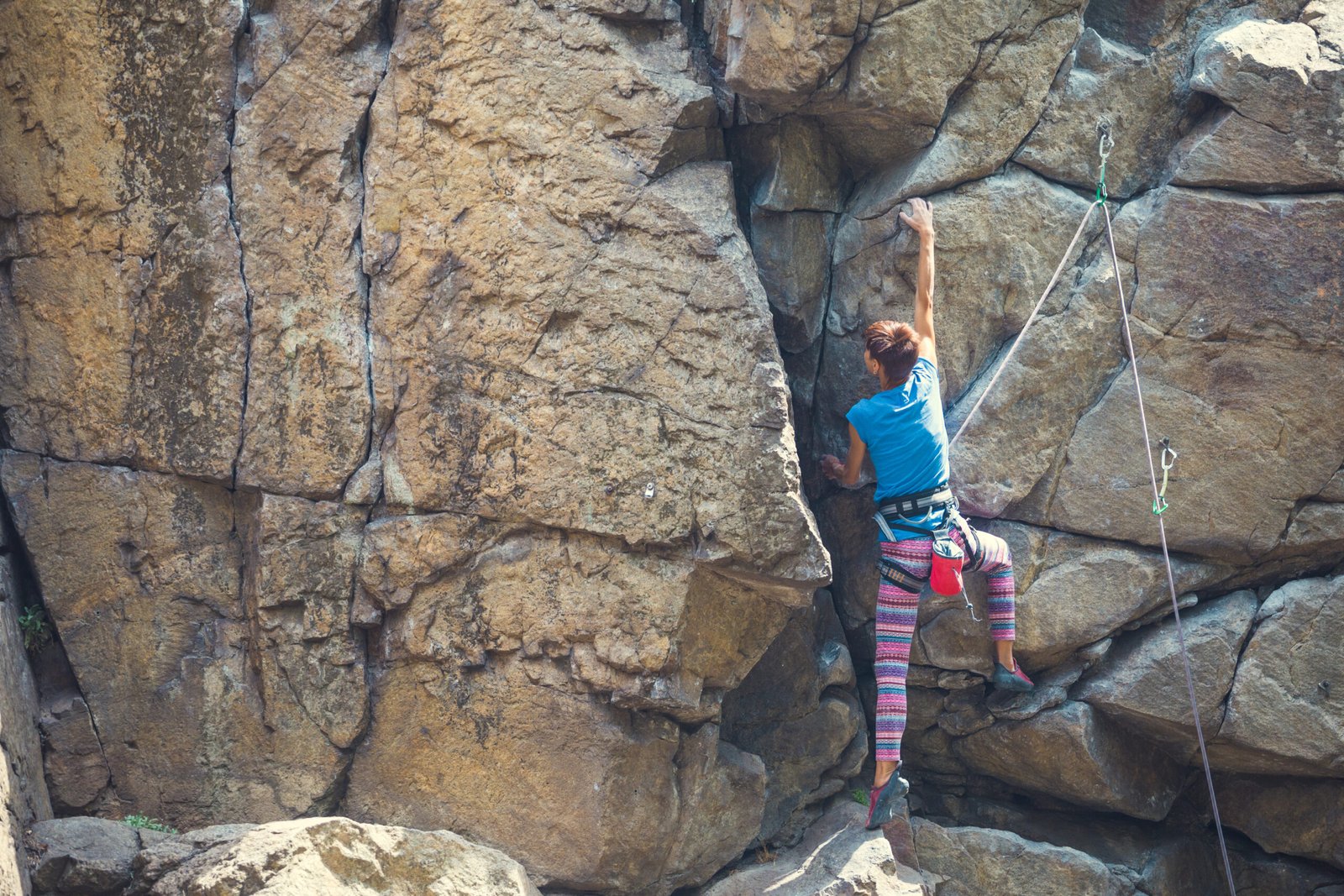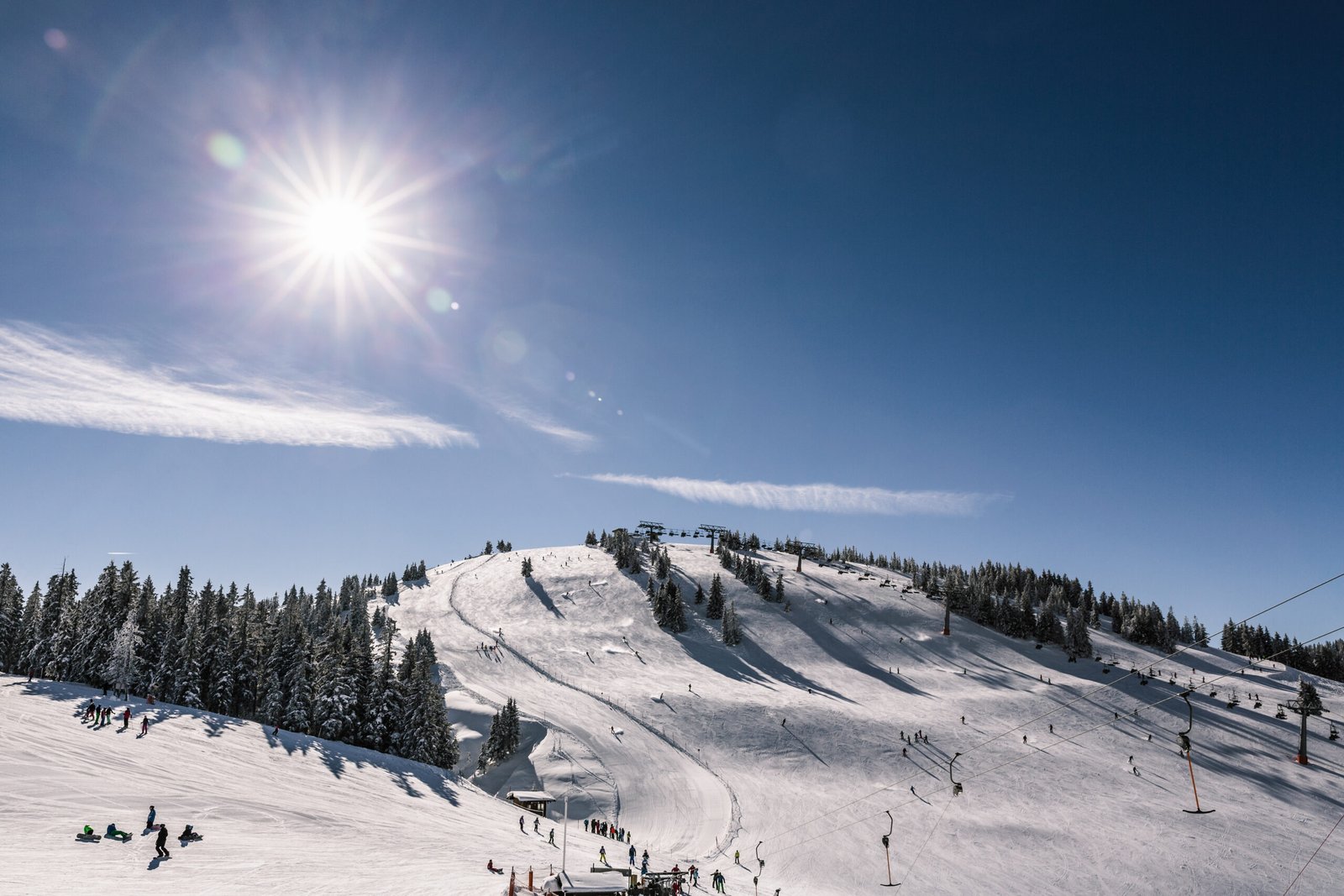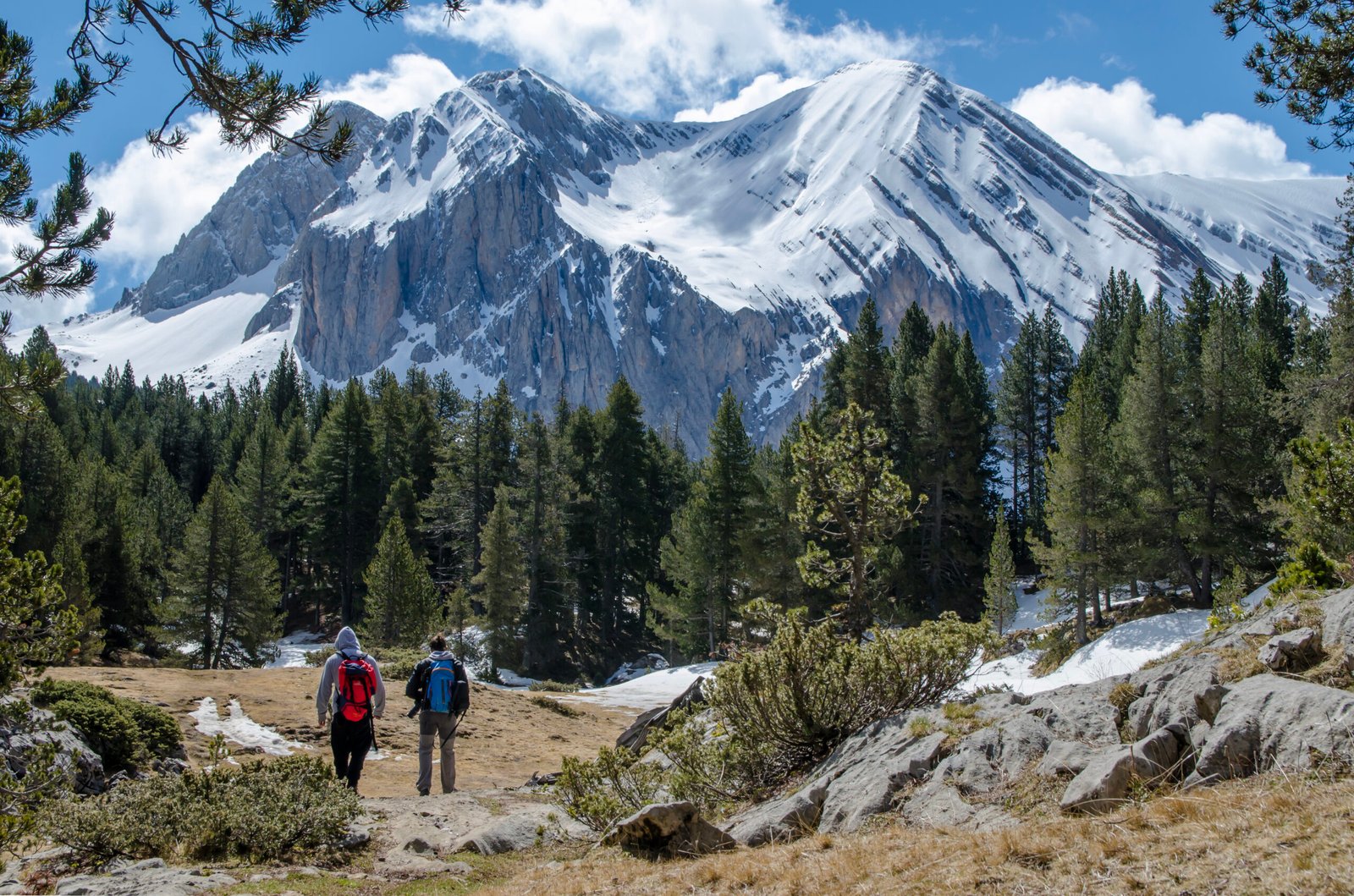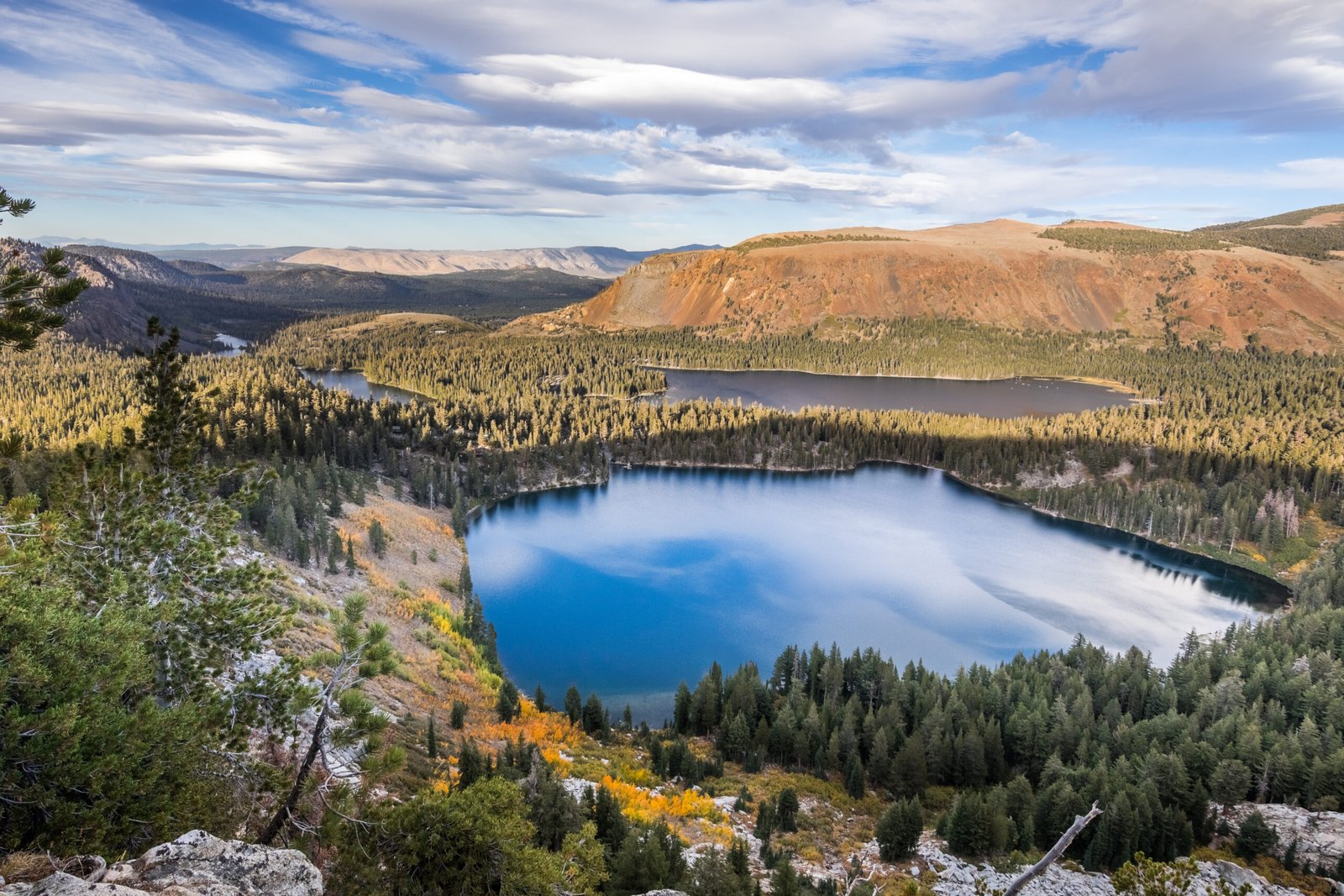Standing at 11,053 feet above sea level, Mammoth Mountain beckoned to me like a siren call…
Rock Climbing Routes: Scaling Mammoth’s Granite Challenges
The Eastern Sierra’s granite monoliths rise like ancient sentinels against the cobalt sky, their weathered faces telling stories of geological time and human determination. Mammoth Lakes region stands as one of California’s premier climbing destinations, where pristine granite formations offer everything from gentle introductory routes to heart-pounding expert challenges.
The Granite Playground: Understanding Mammoth’s Climbing Terrain
Mammoth’s granite differs significantly from its famous Yosemite counterpart. The rock here features unique crystal formations and varied textures that create distinctive climbing experiences. The high-altitude environment, ranging from 7,000 to 11,000 feet, adds an element of physical challenge that tests even seasoned climbers.
The crisp mountain air fills your lungs as you approach the base of a towering granite wall, your fingers already anticipating the cool touch of ancient stone.
ROUTE DIFFICULTY BREAKDOWN
Traditional Routes: 5.6 – 5.10 Range
- 5.6-5.7: Perfect introduction to granite climbing
- 5.8-5.9: Intermediate challenges with technical variety
- 5.10: Advanced routes demanding precise technique
Bouldering: V0 – V5 Problems
- V0-V2: Accessible problems for skill building
- V3-V4: Intermediate boulder challenges
- V5: Expert-level problems requiring power and precision
POPULAR ROUTES BY DIFFICULTY PROGRESSION
Beginner-Friendly Granite Adventures (5.6-5.7)
Crystal Crag – South FaceRoute: “First Light” (5.6, 4 pitches)
This classic beginner route offers spectacular views of the Mammoth Lakes Basin while providing gentle introduction to multi-pitch climbing. The granite here features positive holds and natural rest positions, making it ideal for those transitioning from gym climbing to outdoor granite.
Key Features:
- Well-protected with natural gear placements
- Moderate exposure with confidence-building moves
- Morning light illuminates the route beautifully
Mammoth Rock – East WallRoute: “Granite Dreams” (5.7, 3 pitches)
A perfect stepping stone route that introduces climbers to Mammoth’s unique granite characteristics. The route follows natural crack systems and face features, teaching essential granite climbing techniques.
Intermediate Challenges (5.8-5.9)
The Minarets Approach WallRoute: “Sierra Sunrise” (5.8+, 5 pitches)
This route demands technical precision and endurance, featuring varied climbing from delicate face moves to secure crack climbing. The approach alone serves as excellent conditioning, winding through pristine alpine meadows.
Standing at the base, you feel the weight of your pack and the anticipation of the climb ahead. Each pitch reveals new perspectives of the surrounding peaks.
Safety Considerations:
- Weather can change rapidly at altitude
- Carry extra layers and rain protection
- Start early to avoid afternoon thunderstorms
Duck Lake CragsRoute: “Reflection Wall” (5.9, 2 pitches)
A technical face climb that showcases Mammoth granite’s finest features. Small crystals and subtle face holds require precise footwork and balance.
Advanced Granite Mastery (5.10)
Banner Peak Satellite SpiresRoute: “Granite Symphony” (5.10a, 6 pitches)
This committing route represents the pinnacle of Mammoth granite climbing. The exposure is significant, and the climbing demands both physical strength and mental composure.
Expert Requirements:
- Solid 5.9 leading experience
- Comfort with long runouts
- Advanced anchor building skills
BOULDERING DESTINATIONS
The Buttermilks Extension
While technically outside Mammoth proper, this world-class bouldering area deserves mention for its exceptional granite problems.
V0-V2 Classics:
- “Warm-Up Wall” – Perfect for daily sessions
- “Crystal Traverse” – Technique-focused horizontal challenge
V3-V5 Challenges:
- “Granite Gladiator” (V4) – Power endurance test
- “Sierra Sloper” (V5) – Demands exceptional grip strength
ESSENTIAL GEAR RECOMMENDATIONS
Traditional Climbing Rack
- Double rack of cams: 0.3″ to 3″
- Nut set: Complete range for granite cracks
- Quickdraws: 12-16 for longer routes
- 60-70m dynamic rope: Essential for longer pitches
Bouldering Kit
- Crash pads: Multiple pads for safe landings
- Approach shoes: For boulder approaches
- Brush: Keep holds clean and grippy
SEASONAL CLIMBING CONDITIONS
Spring (April-May)
Optimal for lower elevation routes. Snow may persist on north-facing walls above 9,000 feet. The granite feels crisp and secure, with minimal temperature fluctuations.
Summer (June-August)
Peak climbing season with access to all elevations. Early morning starts recommended to avoid afternoon thunderstorms. The granite can become uncomfortably warm on south-facing walls by midday.
The summer dawn reveals granite walls bathed in golden light, promising perfect climbing conditions for those who rise early.
Fall (September-October)
Exceptional conditions with stable weather and comfortable temperatures. This season offers the most reliable climbing weather of the year.
Winter (November-March)
Limited to lower elevation routes and south-facing walls. Ice climbing opportunities emerge on north-facing aspects.
SAFETY IN MAMMOTH’S GRANITE ENVIRONMENT
High-Altitude Considerations
- Acclimatization: Allow time to adjust to elevation
- Hydration: Increased fluid needs at altitude
- Sun protection: Intense UV exposure at elevation
Weather Awareness
Mammoth’s weather can change dramatically within hours. Always carry emergency gear including:
- Emergency shelter
- Extra food and water
- First aid supplies
- Communication device for emergencies
HISTORICAL SIGNIFICANCE OF MAMMOTH CLIMBING
The climbing history here spans decades, with pioneering first ascents dating to the 1960s. Local climbing legends established many of the classic routes that continue to challenge and inspire climbers today.
Each hold you grasp connects you to generations of climbers who have tested themselves against these same granite faces.
Notable first ascensionists include renowned climbers who saw potential in Mammoth’s granite and developed the area’s climbing culture. Their legacy lives on in every route we climb today.
BUILDING YOUR MAMMOTH CLIMBING PROGRESSION
Beginner Path (3-6 months)
- Start with “First Light” and similar 5.6 routes
- Build multi-pitch experience gradually
- Focus on gear placement and route reading
- Practice rescue techniques
Intermediate Development (6-12 months)
- Progress to 5.8-5.9 routes systematically
- Develop lead climbing confidence
- Expand gear knowledge and placement skills
- Tackle longer, more committing routes
Advanced Mastery (1+ years)
- Attempt 5.10 routes with proper preparation
- Develop alpine climbing skills
- Lead complex multi-pitch routes independently
- Mentor newer climbers in the community
CONNECT WITH MAMMOTH’S CLIMBING COMMUNITY
The local climbing community welcomes newcomers and shares knowledge generously. Join local climbing groups to find partners and learn about current route conditions.
Local Resources:
- Mammoth Mountaineering Supply – Gear and beta
- Eastern Sierra Climbing Guides – Professional instruction
- Online forums for current conditions and partner finding
PLAN YOUR MAMMOTH GRANITE ADVENTURE
Ready to experience Mammoth’s granite challenges firsthand? Start planning your climbing adventure today. Whether you’re seeking your first multi-pitch experience or looking to push your limits on advanced routes, Mammoth’s granite offers unforgettable climbing experiences.
The granite awaits, patient and enduring, ready to test your skills and reward your determination with some of the Sierra’s most spectacular climbing experiences.
Standing atop a Mammoth granite summit, surrounded by the vast Sierra wilderness, you understand why climbers return here season after season. This is more than climbing – it’s a connection to something timeless and profound.
Ready to scale Mammoth’s granite challenges? Your adventure begins with the first hold.




